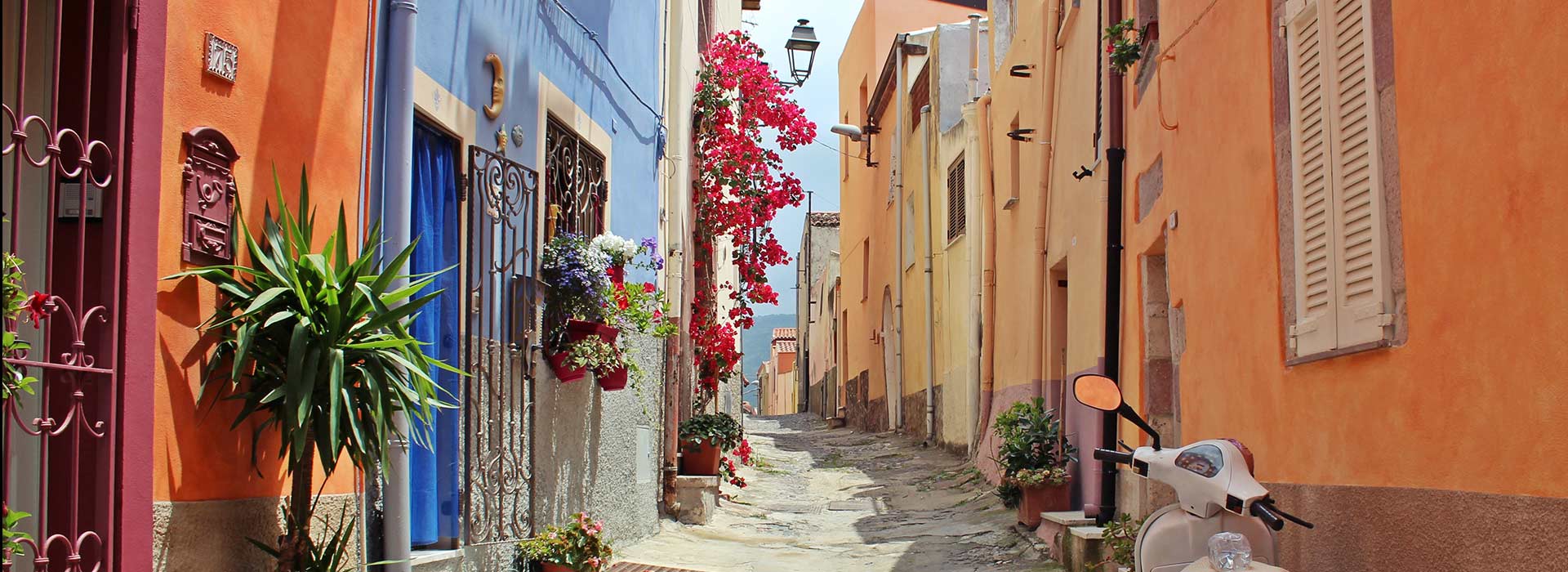
02 Jun Horseback riding in Patagonia
Horseback riding in Patagonia
Some of the planet’s roughest terrain and most inhospitable environment.

We reined in the horses and watched condors circle below us as they scavenged for food.
Riding the crest of mountain peaks thousands of meters tall and still in the shade of outcroppings that reach another hundred stories. Slushing through the freshly fallen snow on top of Cerro Catedral and navigating mountain spring fed streams a few feet deep. Galloping through the Ponderosa pine, ducking low hanging branches and stopping for a moment to watch the cattle It’s an adventure relatively few get to make. Ale and I were part of those lucky few.
On horseback at various altitudes, we saw a puma, herds of guanacos ostrich-like rheas and Andean condors in flight. The condors’ 10 feet wingspan makes the graceful scavengers the national symbol of Chile, Argentina, Bolivia, Peru, Ecuador, and Columbia.
Looking down on these birds as they fly free with the gargantuan, glacier-carved geology for a background can be life transforming. Patagonia is the rare place where it is possible to feel reduced to irrelevance by nature.
That’s horseback riding in Patagonia. Some of the planet’s roughest terrain and most inhospitable environment. You can go from Death Valley-like heat on the valley floor to near-arctic conditions with the winds blowing over 60 miles per hour along the crest.
Our host sent a car for us to our hotel. On the 30 mile trip to the ranch, we learned about the “estancia’s” history, the story of the region and what we could expect.
After eggs, toast, ham, bacon, our host led us to the corral on the backside of the main ranch house. A tall, very statuesque, white stallion, was bucking, moving and herding the other horses.
“That’s yours,” said our host, pointing to the stallion and then to me.
Ale’s was smaller. More her size. Together we looked like Don Quixote and Sancho Panza as they rode out to tilt at windmills.
The first miles were an easy path fostered by past riders. Slowly we began the slope through the pines. In an hour we would break free and be above the tree line where rocks had tumbled and spilled. The horses knew the way.
Some of the planet’s roughest terrain and most inhospitable environment.
Rounding a bend we were on top of the mountain. Riding the crest. Chile was to our left and Argentina to our right. For miles, we rode this ridge. One misstep meant death. The horses remained sure-footed despite the gusts pounding us.
The winds start up over the Pacific Ocean. The humidity they carry causes sporadic deluges on the Chilean side of the mountains which means little precipitation slips onto the Argentine side. The Patagonian steppes are semi-arid and only small shrubs, and wiry grass thrives.
The ride almost over, it was time to head back. The feeling of riding horseback so high that we looked down on the condors as they swirled and swooped looking for prey was awe inspiring. Going down the rock ripped mountainside, we pushed through the fragrant stand of pine and back onto the windswept rimrock with the scrub brush, streams, and sloughs.
The return was crawling and curving. The spread has over 100,000 acres and we saw plenty of it.
A few more twists in the trail and we tasted the BBQ in our noses. Dismounting, we gave the horses a pat and an apple, then inside for an open fireplace, grilled lomo, and churro.
With the sun setting, we got into the van and returned to the hotel
Horseback riding in Patagonia was over for the day, but Ale and I promised each other we’d be back.
Check out more posts from South America or our other stories!



